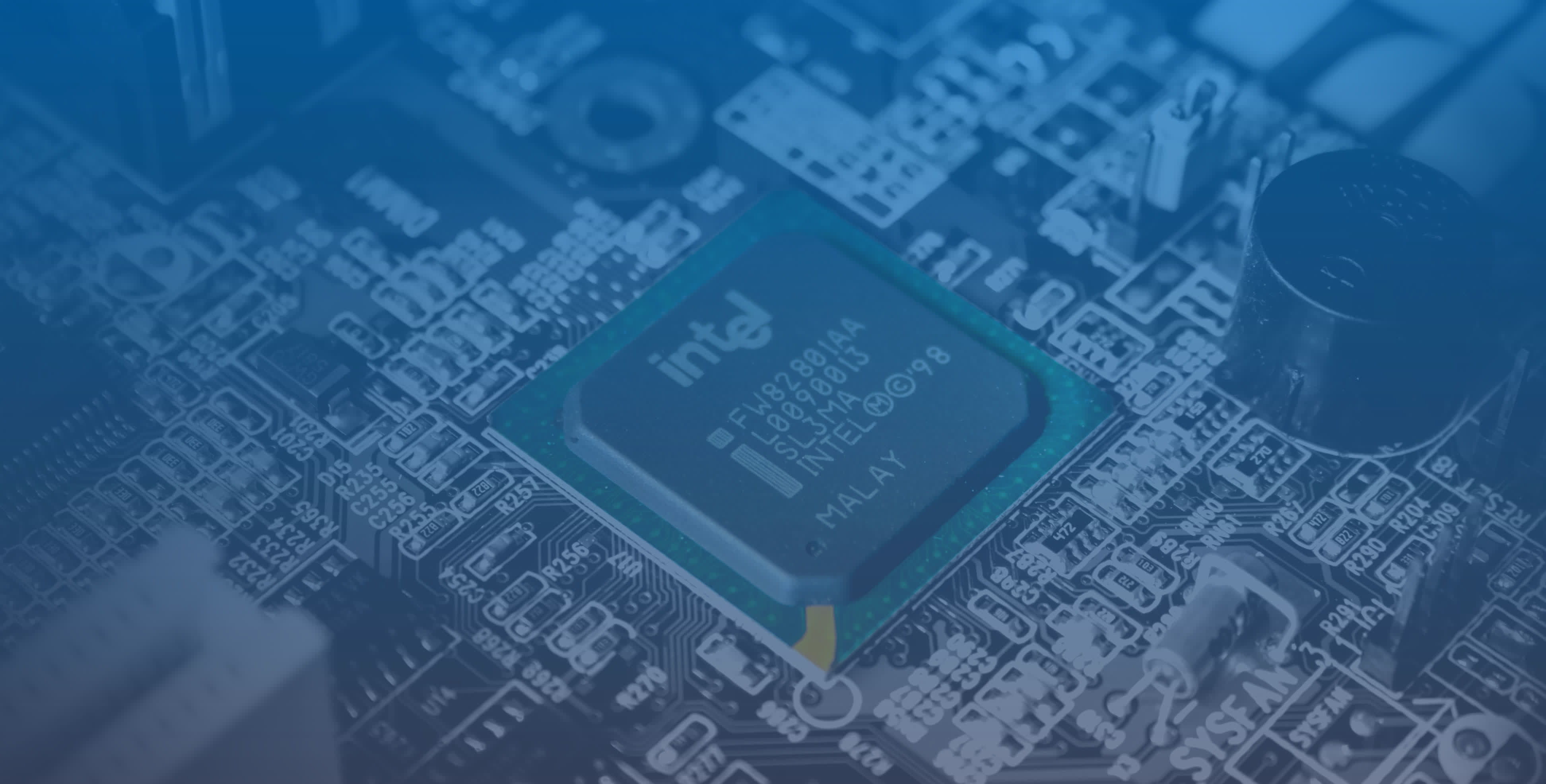Serving tech enthusiasts for over 25 years.
TechSpot means tech analysis and advice you can trust.
WTF?! Shortly after taking the reins of Intel's management in 2005, CEO Paul Otellini proposed to the board of directors to acquire Nvidia. The GPU maker was valued at $20 billion back then, and Otellini was asking the board to approve an extremely expensive acquisition for a company mostly dealing in x86 computer CPUs. Today, Nvidia's valuation has surged into the trillions thanks to the generative AI craze, while Intel is struggling for survival.
Intel missed a significant opportunity a few years ago. The company could have purchased Nvidia at a fraction of its current value, but its focus on x86 architecture and resistance from the board worked against the acquisition.
According to unnamed sources cited in a New York Times report, Intel missed this "golden opportunity" while it was still Silicon Valley's dominant chipmaker. Some board members apparently recognized the potential future role of GPUs in enterprise and data center markets, but ultimately, the board rejected the deal.
After confronting the board's skepticism, Otellini chose not to push the proposal further. Reflecting on 2005, one attendee of the confidential meeting described it as a "fateful moment" in the history of Intel (and chip technology). Intel had a poor track record with mergers and acquisitions, and the proposed $20 billion deal would have marked the most expensive acquisition ever attempted by the company.

Intel executives once described the 2005-era company as the "largest single-cell organism on the planet" – an organization with a highly insular corporate culture and limited openness to technology outside of x86 chips. Former Intel CEO Craig Barrett reportedly compared x86 technology to the creosote bush, a plant known for releasing toxins to hinder the growth of competing plants around it.
Two decades ago, Intel's PC CPU business was thriving, allowing the company to generate strong profits for a time. Eventually, however, Intel was forced to confront Nvidia's potential as a competitor with the Larrabee project, a weird hardware mixture meant to extend the x86 instruction set architecture into the graphics realm. Although Larrabee ultimately failed, its proponent, Pat Gelsinger, is now Intel's CEO.
Also read: The Last Time Intel Tried to Make a Graphics Card
Today, Nvidia is valued at over $3 trillion on the stock market, roughly 30 times Intel's value. GPUs have become essential for AI acceleration, and nearly every major tech company is vying to carve out a successful business in this area. Despite some debate over the actual returns on AI investments, it would be premature to write Intel off entirely.
Nvidia is currently valued at over $3 trillion on the stock market, roughly 30 times Intel's value. GPUs have become the cornerstone for AI acceleration, and everyone and their dog is trying to make a successful business out of it. Despite some debate over the actual returns on AI investments, it would be premature to write Intel off entirely.